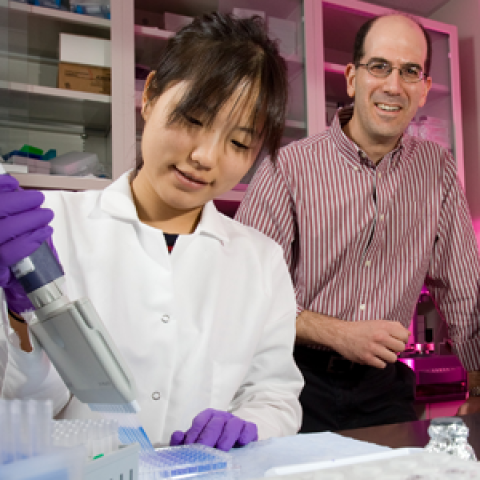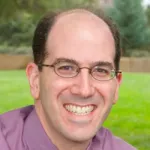
SANOFI- SUPPORTED BIOSTAR SPONSORED RESEARCH PROJECT - 2012
Marc Levenston (Mechanical Engineering)
Jason Dragoo (Orthopaedic Surgery)
James Chang (Surgery)
This project focuses on a novel strategy to create an initial bond between an engineered tissue replacement placed into a cartilage or fibrocartilage defect and the surrounding host tissue. Articular cartilage is the soft tissue lining the ends of bones at articulating joints, and fibrocartilage is a related tissue that composes many important load-bearing structures such as the knee meniscus. Unlike most tissues in the body, cartilage and fibrocartilage tissues do not spontaneously heal, and defects in these tissues often lead to the development of osteoarthritis (OA), a progressive degenerative condition that can be found in the majority of the population over age 65 and symptomatically affects over 27 million Americans. Surgical repair of small defects is becoming increasingly common, particularly in younger patients for whom joint replacements should be avoided. Estimates are that at least 500,000 cartilage repair procedures are performed annually in the US alone.
One of the primary unsolved challenges affecting many approaches to repairing these tissues is the difficulty in attaching an implant, either a native tissue graft or a tissue engineered replacement, to the surrounding soft tissue. Current techniques to promote integration include suturing, adhesives, and photothermal tissue welding (melting), but each technique has notable deficiencies that reduce their success. The goal of this Bio-X project is to explore an alternate strategy, photochemical bonding. In this approach, a photosensitizer compound is introduced to the defect interface and bonding is activated by exposure to an appropriate wavelength of laser light. Unlike photothermal approaches, this strategy does not heat the tissue, but rather uses the light to start a chemical cross-linking reaction that causes bonding of proteins across the interface. In our preliminary studies, we demonstrated that this approach can attach cartilage to cartilage on the benchtop, and that these bonds last for at least a week when live tissue constructs are maintained in tissue culture. In this project, we aim to optimize conditions for attaching engineered tissues to native cartilage and fibrocartilage, and to perform initial screening of the durability of these bonds in live animals. Our goal is to identify conditions that work best for each tissue type, to increase the achievable bond strength and to minimize the required treatment time, pushing this promising strategy closer to clinical translation.



